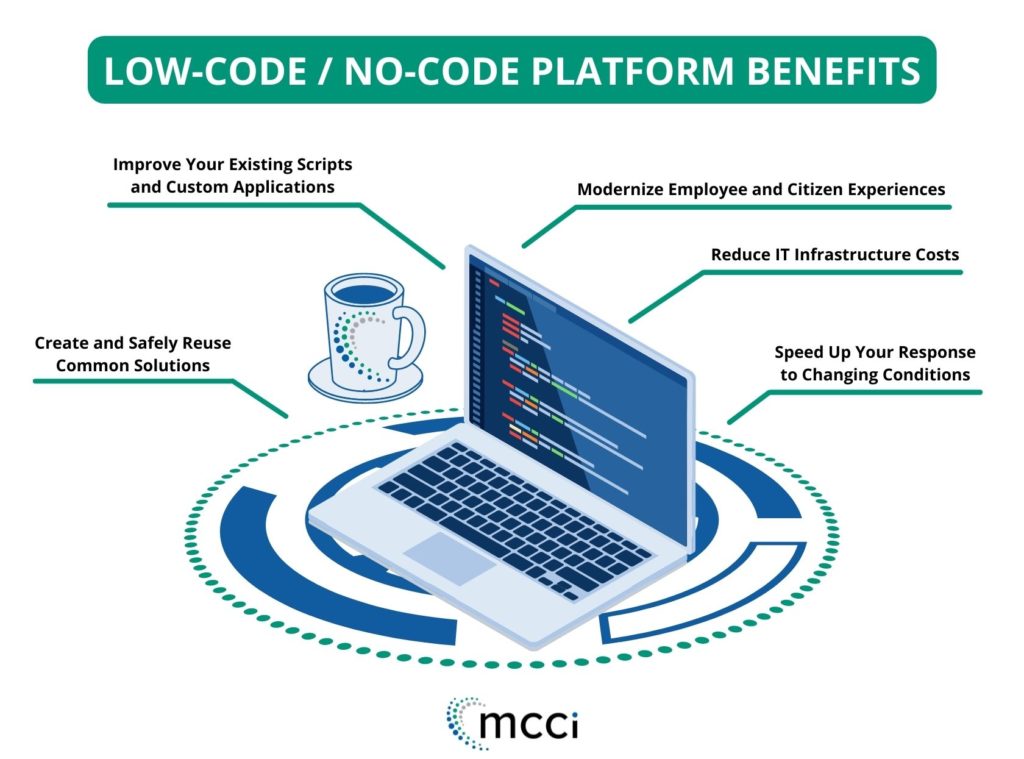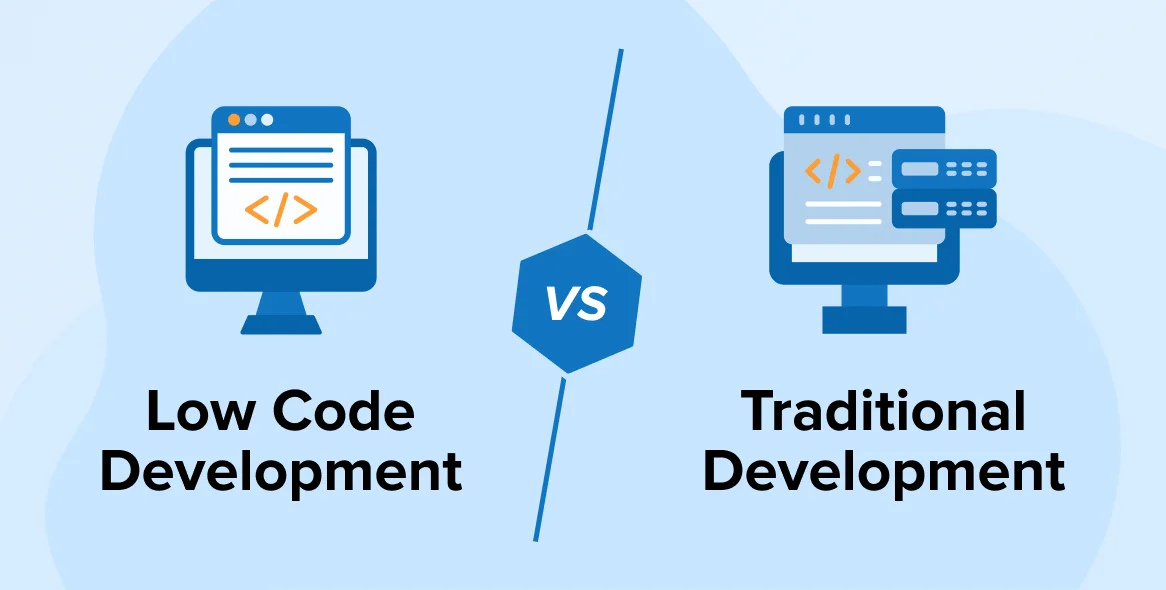Why this matters now
Rising hybrid-work complexity, relentless security pressure, and tighter budgets mean your infrastructure can’t afford guess-work. The seven IT management tools below dominate 2025 short-lists because they automate the gnarly stuff—patching, service tickets, asset discovery—so humans can focus on higher-value projects. I dug into independent reviews, analyst notes, and real-world user ratings to surface what’s genuinely helpful and where each product still hurts.
Quick snapshot
ServiceNow IT Service Management
Why people love it
- Drag-and-drop flow designer handles incident → problem → change in one canvas
- Massive marketplace of third-party “Spokes” means fewer custom scripts
- Performance Analytics auto-brings KPIs to exec dashboards
Potential drawbacks
- High per-agent pricing forces tough ROI math for smaller teams.
- Custom app freedom can spawn “spaghetti workflows” if governance is weak.
Verdict
If you’re already juggling multiple point solutions, ServiceNow’s single data model is a genuine relief, but budget gatekeepers will quiz every license line item.
Atlassian Jira Service Management
Highlights
- Shares issue tracker DNA with Jira Software, so DevOps hand-offs feel natural.
- No-code automation rules slash repetitive tasks like ticket triage.
- Free plan (up to three agents) lowers adoption barrier.
Watch-outs
- Full value emerges only when paired with Confluence, Bitbucket, etc.—lock-in risk.
- Reporting depth lags rivals unless you bolt on premium add-ons.
Tamer Badr notes: “Teams who already speak ‘Jira’ enjoy the service module instantly; everyone else needs onboarding sprints to dodge frustration.”
Freshservice by Freshworks
Why it’s trending
- ML-based suggested resolutions cut mean-time-to-resolve by ~23 % in peer studies.
- Gamified agent scorecards keep support desks motivated.
- Native asset management lightens licence sprawl.
Drawbacks
- Module depth is intentionally slim—complex orgs may outgrow its canned workflows.
- Limited on-prem connector library compared with legacy vendors.
ManageEngine Endpoint Central
Best for patching laptops, servers, mobiles, and IoT from a single pane.
Strengths
- Cross-platform remote control (Windows, macOS, Linux) without VPN.
- Automated driver updates quell “my webcam won’t work” tickets.
Frustrations
- Dashboard widgets can’t be freely rearranged; power users crave richer BI.
- Pricing rises quickly with add-on security packs.
SolarWinds Network Performance Monitor + Service Desk
Good stuff
- Layer-7 deep-packet inspection pinpoints jitter and VoIP issues in seconds.
- Service Desk ties tickets to device telemetry, giving agents instant context.
Caveats
- Brand still repairing trust after 2020 breach; some CISOs remain cautious.
- UI looks dated compared with Freshservice or HaloITSM.
Ivanti Neurons for ITSM
Where it shines
- AI “bots” auto-classify incidents, run self-healing scripts, and close tickets sans human.
- 11 ITIL-4-certified practices—audit teams smile.
Possible negatives
- Flexibility equals complexity: admins face a steep ramp-up before first go-live.
- Smaller orgs may not need the full AI arsenal (and its price tag).
BMC Helix ITSM
Perks
- Robust multi-cloud discovery keeps CMDB accurate across AWS, Azure, GCP.
- Granular role-based policy control suits regulated industries.
Drawbacks
- UX feels enterprise-era; heavy customization means longer implementation.
- Limited out-of-box connectors inflate integration timelines.
People are always asking:
“Should we rip-and-replace our ERP when we modernize IT?”
Often the smarter move is integrating service workflows with a flexible business platform such as Odoo or Microsoft Dynamics 365 instead of starting from scratch. Both ecosystems offer rich APIs that let the ITSM tool exchange asset, customer, and finance data without duplicated entry—saving time and de-risking upgrades.
User voices at a glance
ServiceNow: “Phenomenal workflow engine, but budget blows up fast.” —PMO director, manufacturing
Freshservice: “Agents hit resolve faster; AI suggestions feel like a cheat code.” —IT lead, fintech
ManageEngine: “Patch compliance finally above 95 %, though the UI needs polish.” —SysAdmin, healthcare
FAQs
Q1. What’s the difference between ITSM and ITAM?
ITSM (service management) handles workflows such as incidents and changes, while ITAM (asset management) tracks hardware/software lifecycles. Most tools now bundle both, but depth varies.
Q2. How long does a typical rollout take?
- Freshservice, ManageEngine: 2–6 weeks for core modules
- Jira Service Management: 4–8 weeks if you’re already on Atlassian Cloud
- ServiceNow, BMC, Ivanti: 3–6 months due to process mapping
Q3. Is open-source ITSM viable?
Yes—platforms like OTRS or GLPI suit budget-tight teams, but expect lighter support and DIY upgrades.
Q4. Should security tools be separate?
Modern suites bake in endpoint protection and vulnerability scanners, yet specialized SIEM/SOAR remains essential for threat hunting.
Q5. How do we calculate ROI?
Track baseline metrics (mean-time-to-resolve, patch compliance, audit findings) pre-deployment; compare 6 and 12 months post-go-live to quantify gains.
Final take
Selecting IT management tools in 2025 is about pragmatic fit, not buzzwords. Begin by mapping your biggest time-sinks—be it patching, approvals, or CMDB drift—then shortlist the products whose native strengths crush those pains without heavyweight customization. Remember Tamer Badr’s advice: “Technology must amplify people, not drown them in dashboards.” With the right platform and a lean implementation plan, you’ll shave hours off routine tasks and free your team for the strategic work that actually moves the business forward.









